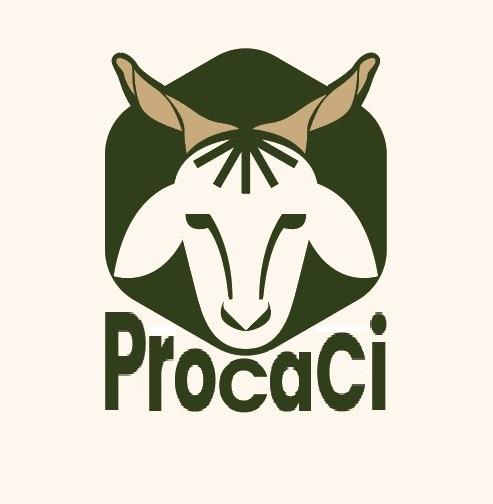Cilento Goat Project

The goal of ProCaCi is to maximize them and to complete the work of enhancing the internal areas of the province of Salerno through the strengthening of the short chain of dairy products traditionally linked to the Cilento goat. In fact, the intention is to improve the competitiveness of this supply chain through a quality regime involving breeding, production and the transformed product. Consequently, it will help to protect and safeguard the environment in which the Cilentana goat is raised, traditionally raised exclusively in semi-wild mode.
The ProCaCi project will be divided into 4 phases:
1) Cytogenetic characterization of breeding animals and their genotyping for the main genes positively associated with qualitative and quantitative variations in goat milk (loci CSN1S1, BLG, DGAT1, OXT and ACACA), in order to exclude subjects with chromosomal abnormalities and increase knowledge of the genetic value of bred animals in order to plan mating and promote the diffusion of genotypes with the best productive aptitudes.
2) Chemical, microbiological and sensory characterization of Cilento goat milk and cheese.
3) Botanical, dietetic and nutritional characterization of representative samples of forage present in the grazing areas where the flocks of Capra Cilentana are driven.
4) Transfer and dissemination of results.
The POI will develop in the area of the LAG "Cilento Regeneratio srl" which includes 43 municipalities that fall within the province of Salerno with over 50% of the territory in a protected area. The territory is predominantly mountainous and hilly with a preponderance of Mediterranean maquis and is characterized by a high environmental value: in fact, almost half of the Municipalities included in the LAG have a higher percentage of municipal protected area (compared to the total municipal area). to 97%. Furthermore, with regard to the percentage of forest area with respect to the total area, about half of the Municipalities involved are in the 50-75% class, and 4 of these in the >75% class (Source: SIAN-INEA, 2010). The hydrographic structure is characterized by the Alento, Lambro, Palistro rivers, the Badolato stream and the Calore river in Salerno, with a few perennial streams. The environmental heritage is characterized by the presence of the Cilento and Vallo di Diano and Alburni National Park, a UNESCO MaB Biosphere Reserve in 1997 and declared the only Mediterranean Park, a UNESCO World Heritage Site in 1998. The compliance of the territory makes these areas perfect for goat breeding. Today there are a total of 724 livestock farms in the LAG area that have goat farms in their production system with 7,663 heads (BDN 2020), many of these heads belong to the native Cilentana goat breed, a dual purpose breed (milk and meat) always linked to the production of Cacioricotta, which is one of the 552 traditional agri-food products (PAT) of the Campania Region (GU General Series n.42 of 20-02-2020 - Ordinary Supplement n. 9).